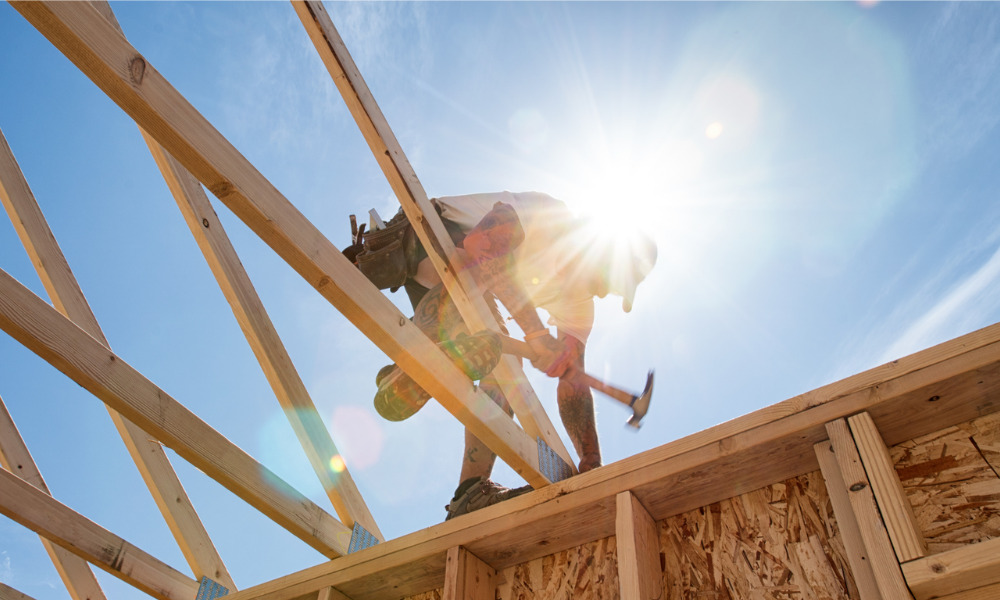With labour and materials scarce, the pressure on builders is likely to continue

The time it takes to build the average new house has ballooned from six to nine months thanks to shortages in labour and materials – and the pressure on builders isn’t likely to let up anytime soon, according to Reserve Bank assistant governor Luci Ellis.
In a speech to the Urban Development Institute of Australia on Wednesday, Ellis said that “the current pipeline will sustain activity for quite a while, but the backlogs and strained capacity will ultimately work themselves out.”
“Exactly when that will happen is hard to know,” Ellis said. “But when it does, we can expect some of the current rate of cost escalation and squeeze on margins to ease.”
Treasurer Jim Chalmers said on Wednesday that he recognised the extreme pressure the building sector faced due to skyrocketing inflation, The Australian reported.
“Some of the conversations I have been having over the course of the last two days is about these extreme conditions that builders are dealing with, because they might have signed contracts 12 or 18 months ago” and are now having to complete projects at severely inflated prices, Chalmers said.
Residential construction costs spiked 10% over the year to march, according to data from the Australian Bureau of Statistics. Those costs contributed a quarter of the 5.1% annual spike in consumer prices that triggered the RBA’s cash rate hike earlier this month, The Australian reported.
Property developers said there was no obvious light at the end of the tunnel.
“On the ground, everywhere you look there are more and more delays, and more and more challenges, whether it’s for workers or materials,” Max Shifman, CEO of Intrapac Property, told The Australian. “I’d say if you are looking to build a new home now, you are looking at over 12 months before builders are able to start work.”
Read next: Which housing schemes will continue under Labor?
Shifman, who is also national president of the Urban Development Institute of Australia, said that higher building costs could be here to stay.
“With so much happening on a global scale, and when you layer on the public works that are projected to last for decades, whatever cost escalation happens over the next few years could become the new normal,” he said.
Chalmers said the government recognised the issues facing builders, and that “we will work with them to the extent that we can.”
“We have been very clear for some time now that we do need to ensure that we have the best possible mix of training people here for opportunities [as well as’ a good, responsible [and] robust migration program,” Chalmers said.



